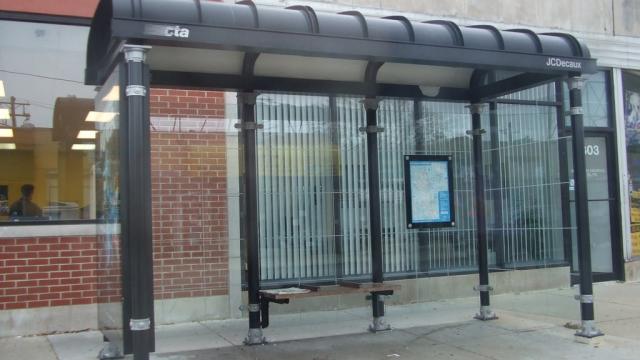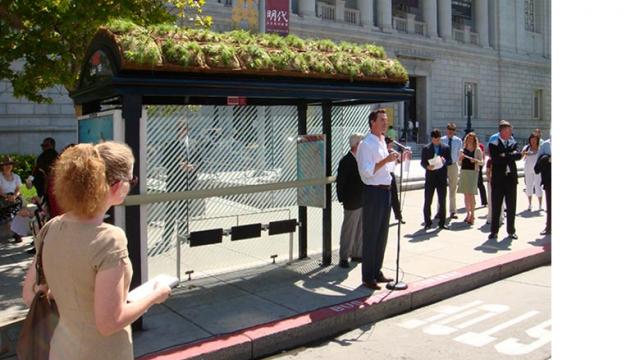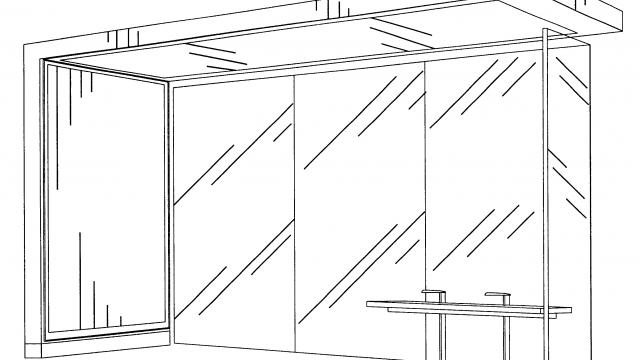For most bus shelters, there aren't many places for people to get warm during the winter. If there is, they don't really warm up your body, instead, they mostly just warm up the top of the head. Also, there isn't enough space for people to sit down, many elderly people take the train or bus, and have trouble going to their destination due to their lack of movement and of age, so the seats could help elderly people sit down as well and rest until their bus approaches. Some bus shelters might have holes on top, and would let people get wet while its raining, so having an oval top so the rain, snow, hail, etc. could make it less harmful for people who are waiting for their bus to approach.. It would be better to have brighter lights so not only the bus driver could see where the bus shelter is, but also for customers to know where they are and to feel more safe. Some people might feel a little insecure around the place they're in while waiting for the bus. Security cameras could be set up around the shelter to make people more safe. These are just some of the features that mostly all bus shelters need, but dont really have. Customers need something thats worth having around their neighborhood and to make them feel as if they're home.



























